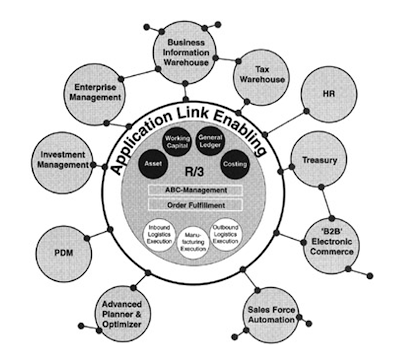1.Information on existing reports is either missing or unclear. Searching a report among thousands of available reports in R/3 is a big problem.
2.Available reports are designed to meet operational and transactional information needs. Most reports are predefined, list oriented, and provide very limited OLAP functionality.
3.Several reporting modules and associated reporting tools make it hard to select a specific tool. Reporting tools are inconsistent, and designing reports is a complex process. Maintenance of thousands of reports for software upgrades is a huge challenge.
4.Fragmented reporting menu access requires extensive end-user training to navigate through several multi-level menus to display a few reports.
5.Performance impact on R/3 OLTP operations due to reporting is another major issue. The R/3 systems are configured to provide high OLTP transaction rates. Building a robust reporting and OLAP environment under an OLTP environment requires different configuration parameters that will degrade OLTP operations.
The intent of Business Framework is to make individual application components stand-alone manageable entities that still have a robust business level integration among all. ALE technology became the "glue" that holds all application modules together.
 The previous post of the blog deals with SAP reporting environment.
The previous post of the blog deals with SAP reporting environment.ABAP TOPIC WISE COMPLETE COURSE
BDC OOPS ABAP ALE IDOC'S BADI BAPI Syntax Check
Interview Questions ALV Reports with sample code ABAP complete course
ABAP Dictionary SAP Scripts Script Controls Smart Forms
Work Flow Work Flow MM Work Flow SD Communication Interface
No comments:
Post a Comment